R&D Projects
Satellite tracking operations

The tracking network system consists of earth stations with antennas and transmitters/receivers, the station control system that remotely surveys and controls the earth stations, the planning system that plans and manages the operation plans, and the backbone network that connects these systems and users. The role of the Backbone Network Maintenance Team is to maintain and control these systems so they work in harmony with the tracking controls. The tracking network must work perfectly 24 hours a day, 265 days a year to support the operation of satellites in each of their respective orbits. The team has the responsibility to live up to this standard.
Development and maintenance of tracking operation technology
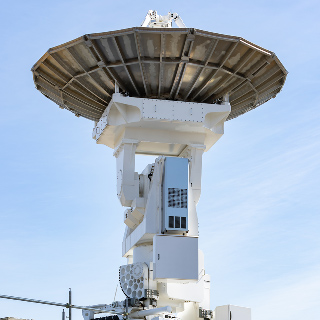
The Technology Development Team performs R&D for every aspect of space tracking and controls, from antenna to network operations.
In recent years there have been two significant developments: The “Ka” antenna that enabled high-speed data communications and the Misasa 54m antenna used for deep space exploration and more.
The continued development and experimentation with DTN technology will help enhance the quality of communications and expand their functions.
We have accumulated advanced technology and a lot of experience in the communication and data handling fields, and we will continue to meet the needs of more advanced space communications on a daily basis.
Satellite Orbit Management and Technology Development
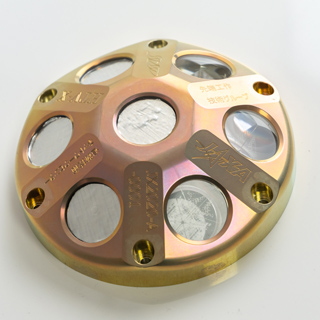
A satellite’s orbit changes daily due to atmospheric drag and variations in Earth’s gravity. To address these changes, JAXA manages satellite orbits to maintain mission continuity. This includes providing predicted orbital data to tracking stations for accurate antenna pointing, as well as performing precise orbit determination for Earth observation satellites equipped with synthetic aperture radar (SAR).
In recent years, avoiding collisions with space debris has become a critical aspect of satellite operations. JAXA receives conjunction data from the Ministry of Defense and the United States. If a high risk of collision is identified, we propose avoidance measures to satellite operators. Since orbital collision avoidance is a global issue, JAXA contributes to raising the technical standard by offering its collision avoidance tool, RABBIT, free of charge to both domestic and international users.
JAXA also operates a Satellite Laser Ranging (SLR) station, capable of measuring the distance to low-Earth orbit satellites with centimeter-level precision. Using SLR, we perform high-accuracy orbit determination and evaluate the performance of GNSS receivers onboard satellites. We have also developed a reflector known as Mt. FUJI, designed to be attached to satellites to enhance SLR measurements. Recently, we are also taking on new challenges by combining existing technologies – such as using SLR for space debris observation – to explore advanced applications.
Three Earth Stations Facility Operations

The Katsuura Tracking and Communications Station, the Matsuda Tracking and Communications Station, and the Okinawa Tracking and Communications Station in the JAXA Tracking and Communications Center, are the facilities required for tracking and controls of satellites or spacecraft etc.
Each of these Stations has two or more large parabolic antennas and they configure the earth network for JAXA’s tracking and control operations in the operation facilities.
Our job is to manage these space communication facilities.
The Katsuura Tracking and Communications Station, the Matsuda Tracking and Communications Station, and the Okinawa Tracking and Communications Station, also do a lot of public relations and information dispatch activities for the general public, as part of JAXA’s operation facilities.
The public relations exhibition facilities at each of these Tracking and Communications Stations, have the opportunity to conduct events, etc. in their local municipalities. They really make an effort to initiate projects to help people become more familiar with JAXA’s activities.
Usuda Deep Space Center
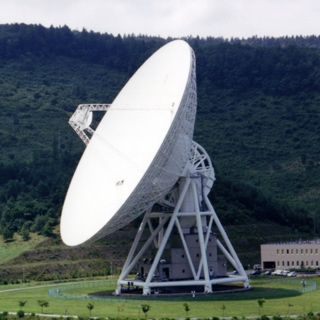
The Usuda Deep Space Center was constructed to transmit operational commands to deep-space probes that approach and observe astronomical bodies such as comets, planets and asteroids, and receive the observation data from the probes.
This site was selected in order to receive the weak signals from probes in deep space. The distance is so immense that there needed to be very low radio wave interference and other such noise common to a city. This Center opened in October 1984.
The large parabolic antenna at the core of the facility has a reflecting mirror with a diameter of 64m and the total weight is 2,000 tons.
Communications with spacecraft are performed using band S (2GHz) and band X (8GHz).
The US (NASA), Russia, ESA, CHINA and India own antennas designed for the same purpose.
Previously, a parabolic antenna with a diameter of 10m was used to obtain the VLBI (Very Long Baseline Interferometry) observation data from the Radio Astronomical Satellite “HALCA” that orbits the earth. Now however, it is used for various experiments for VLBI or high-speed data transmission.
An antenna with a diameter of 64m is used for spacecraft high precision orbit determination of using VLBI technology, and also high precision antenna position land survey and astronomical observation.
Maintenance and Development of Ground Stations for Next-Generation Space Exploration
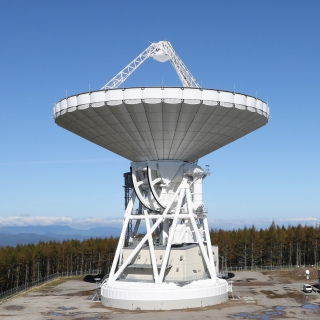
To provide stable ground-based support for JAXA satellites as well as a wide range of deep space exploration missions – including those led by both domestic and international partners – we maintain and operate large parabolic antennas (Usuda 64-meter, Misasa 54-meter, and Uchinoura 34-meter) across Japan. We are also engaged in the study of ground station systems and the development of elemental technologies to meet the evolving needs of next-generation deep space missions.
We are also enhancing our capabilities to support missions from overseas space agencies, including preparations for long-awaited interoperability with organizations such as NASA and ESA.
Space Situational Awareness (SSA)
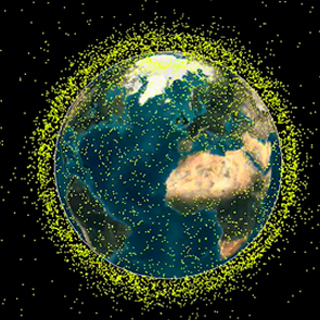
Three systems for SSA – an analysis system, a radar system, and an optical observation system – were completed by the end of fiscal year 2022. These systems are now in active operation and maintenance. In addition to regular system operations, JAXA conducts activities to avoid the risk of collisions between JAXA satellites and space debris and performs re-entry prediction analyses for debris. To contribute technically to Japan’s national SSA efforts, we are also working on advancing orbit analysis techniques and improving the performance of both radar and optical observation systems. JAXA also engages in a variety of other activities beyond space debris monitoring by utilizing its SSA systems – such as planetary defense (observing near-Earth asteroids) and tracking satellites or rockets whose orbital data is unavailable, particularly in the early phases after launch.
International Cooperation
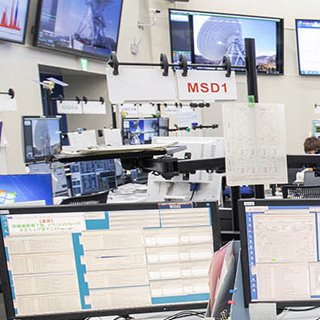
The Planning Team’s jobs are roughly divided into three categories.
The first is planning the tracking network operations for JAXA and budget management.
The second is to promote cooperation with overseas space organizations and the development of discussion about technology to enhance the mutual operability of communication methods.
The third is preparation, adjustment and operation planning for the tracking network with users in and out of JAXA.
The main operations in the first category are operational promotion and adjustment. However, the main operations in the second and third categories are to propose new ways to solve issues in the present, or imagine future challenges. They must also provide a tracking network appropriate for users’ needs.
So, the Planning Team can be thought of as a “coordinator”, whose job it is to come up with ideas regarding the future of space communications. They do this by meeting the needs of the related organizations and the people using the tracking network technology.

